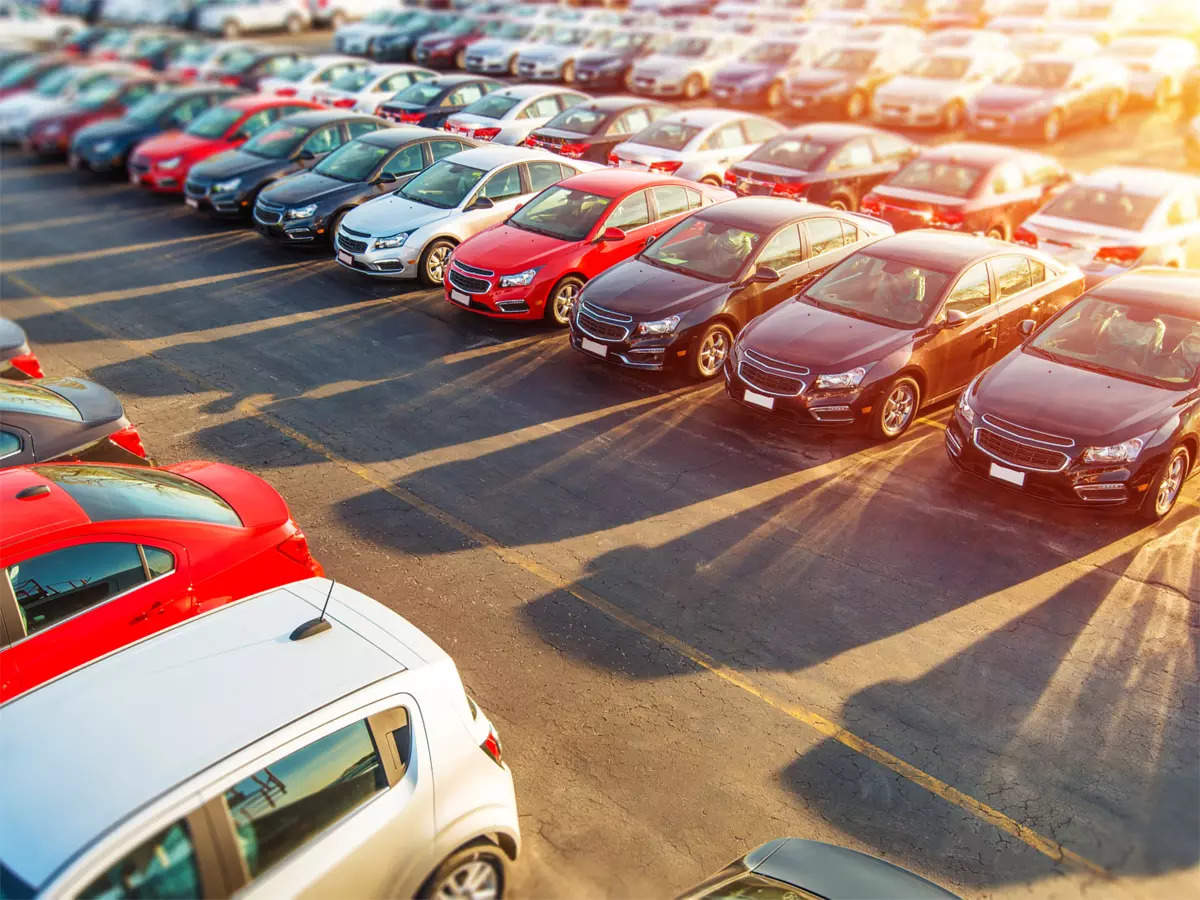[ad_1]
While the share of rural sales at Maruti Suzuki, the country’s top carmaker, rose to 45% in CY2023, it stood at 19.1% at Hyundai and 40% each at Tata Motors and Renault India respectively.
Senior industry executives ET spoke to said even in the rural markets, the gap in incomes between varied sets of consumers has been triggering demand more at the higher end of the market, which is expected to eventually percolate down and make broad based the recovery over the next few quarters.
“Rural markets outpaced urban centres (at Maruti Suzuki) last year growing by 10.4%. Our rural penetration now stands at 45%, the highest level seen by the company in many years,” Shashank Srivastava, senior executive officer (marketing and sales) at Maruti Suzuki said. Urban sales at the maker of Swift and Celerio cars rose by 7.3% last year. Maruti Suzuki sold a total of 1.71 million units in the local market in 2023.
Tarun Garg, chief operating officer (COO) at Hyundai Motor India concurred, “Rural (demand for cars) continues to be strong. The government’s focus on developing road infrastructure, higher minimum support prices for crops, decent monsoons have put more money in the hands of consumers there which is driving sales of cars.”
Tata Motors – the third largest carmaker – clocked its highest-ever sales share from the rural markets in 2023. The company’s rural sales grew about 10% during the year, comprising 40% of total volumes. Overall, PV sales last year at Tata Motors grew by 5%.Over the past decade, sales of branded daily needs goods in the nation of 1.4 billion people have increasingly relied on rural India – home to more than 800 million people whose purchase behaviour is largely linked to farm output. However, rural demand, which was growing twice the rate of urban, has declined for the past three consecutive quarters.
FMCG and consumer durable sales have been under pressure due to high rural inflation, severely curtailing discretionary spending among budget-conscious customers. Retail inflation for farm workers and rural labourers rose in November to 7.37% and 7.12%, respectively amid higher food prices. FMCG sales in rural areas grew at a modest 2.4% in rural areas vs 1.5% in urban markets between January and November 2023, showed data compiled by Bizom.
However, better farm output has been putting more money in the hands of consumers at the upper end of the market supporting double-digit growth in car sales and more recently, two-wheelers.
“We are still seeing liquidity issues in rural areas despite the festive season kicking in. That said, we are hopeful of rural markets posting a strong recovery. We are already seeing the gap between rural and urban growth continuously shrinking,” Mohit Malhotra, chief executive officer at Dabur, told ET last month. In its December quarter update, Dabur said the quarter saw sequential improvement in demand although rural growth was still lagging urban.
At Hyundai, rural sales accelerated at a faster pace than urban, boosting the share in overall sales to 19.1% from 18.3% in CY2022. Renault sold two out of every five vehicles in the country in rural areas last year.
Renault India CEO and managing director Venkatram Mamillapalle said rural consumers have become more aspirational which is powering demand for vehicles across categories such as small car Kwid with a starting price of Rs 4.7 lakh, MPV Triber (Rs 6 lakh) or SUV Kiger (6 lakh). “Rural buyers today are more educated, more aware. They are exposed to the same information as consumers in urban areas which has resulted in an increase in aspiration levels. There has been a pick-up in rural demand and if there are good products available at affordable prices in the market, equipped with advanced tech/ latest features, there is no reason why consumers will not buy,” he added.
Two-wheeler sales – traditionally a marker for economic health in rural markets – too has been witnessing an uptick. Sales of motorcycles, scooters and models climbed 23% last quarter compared to a 9% increase for the entire calendar year, industry watchers said, indicating that rural recovery began around the festive season last year.
Vinod Aggarwal, president at industry body Society of Indian Automobile Manufacturers (SIAM) confirmed there are indications of a revival in demand in rural centres, which is likely to help support demand going ahead. “If you look at the two-wheeler sales data, last quarter volumes grew by 23% (to 4.73 million units) compared to 9% for the year. This indicates the rural economy is doing better October onwards picking up the average growth for the year.” Overall, 17.08 million two-wheelers were sold last year, up 9% over 2022, but trailing the peak sales of 21 million units prior to the pandemic in FY19.
Hero MotoCorp, the top two-wheeler maker, which earns nearly half of its sales from the rural markets, is optimistic of the positive momentum continuing this quarter amid robust government spending and improved liquidity, encouraging farm activity and the ongoing marriage season.
“The upcoming election is expected to stimulate spending in this category. Improved customer sentiment, buoyed by factors like good crop prices and potential fuel price reductions, should enhance demand. Festivals and a robust marriage season are also likely to contribute to increased sales,” said Manish Raj Singhania, president, Federation of Automobile Dealers Associations (FADA).
[ad_2]
Source link









